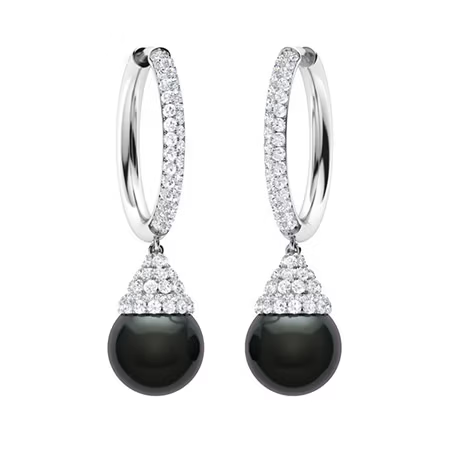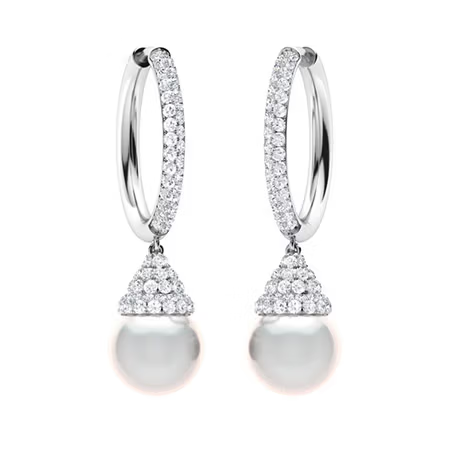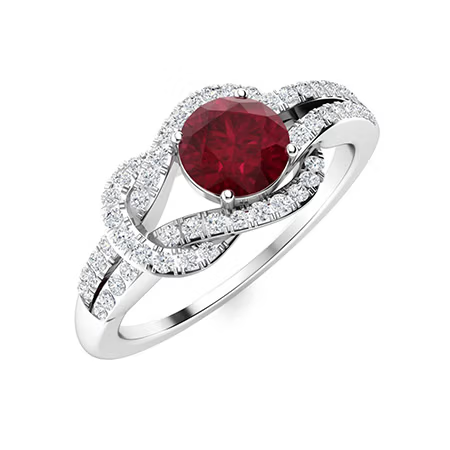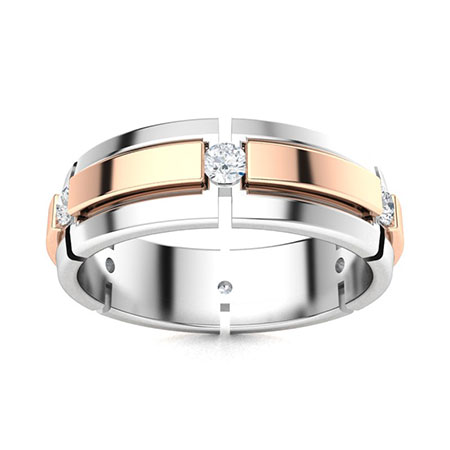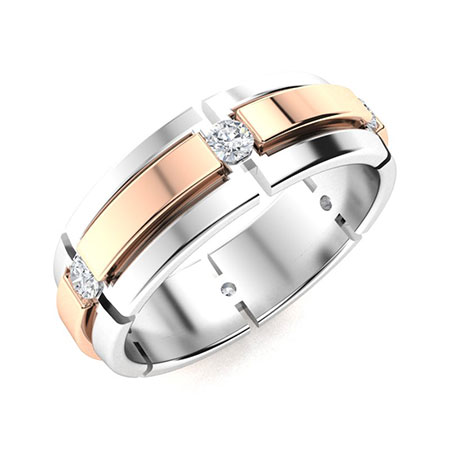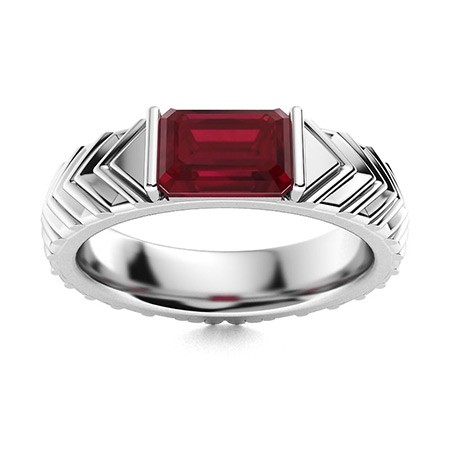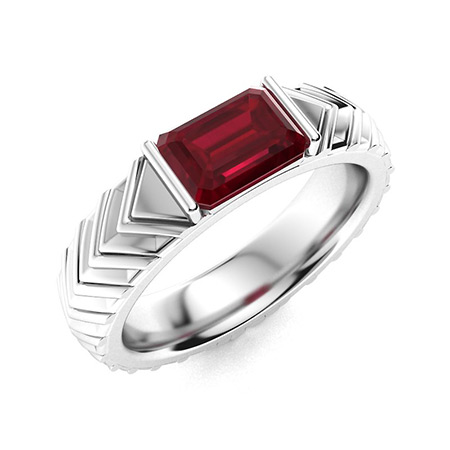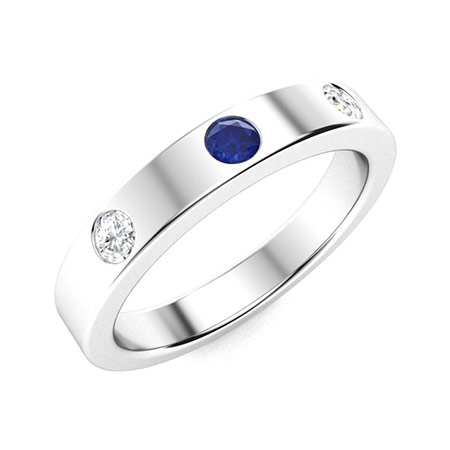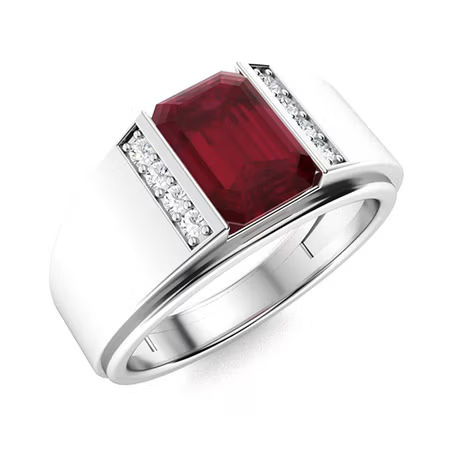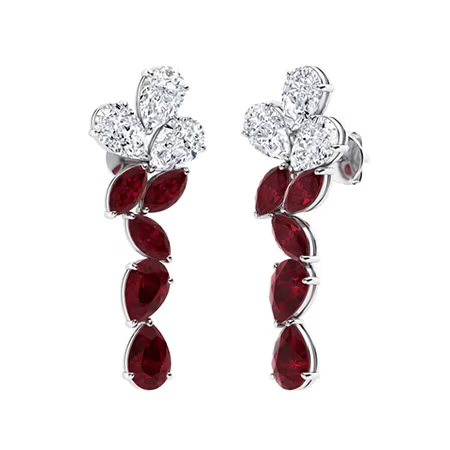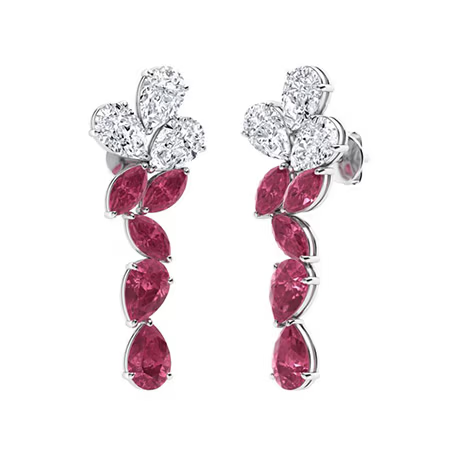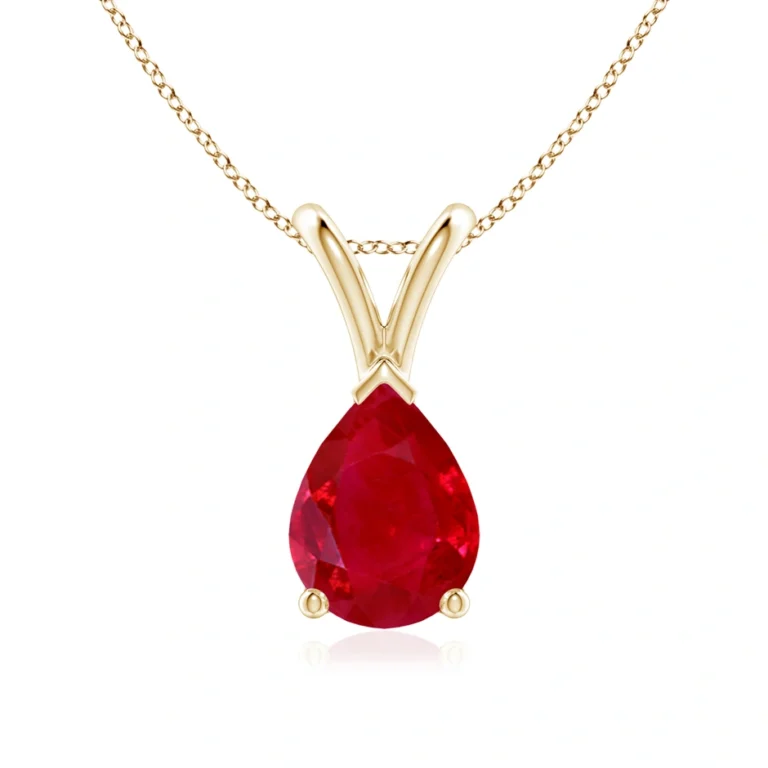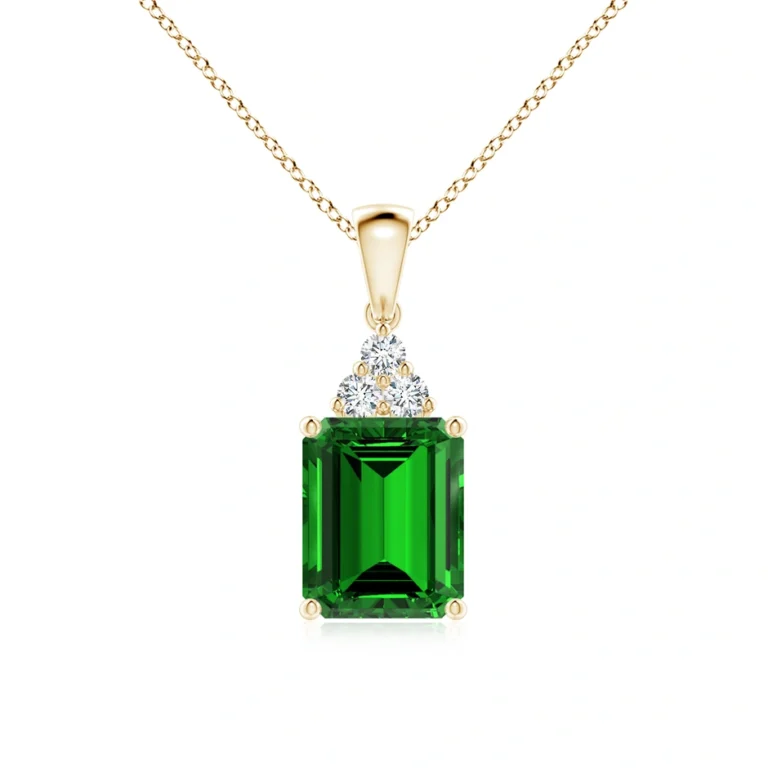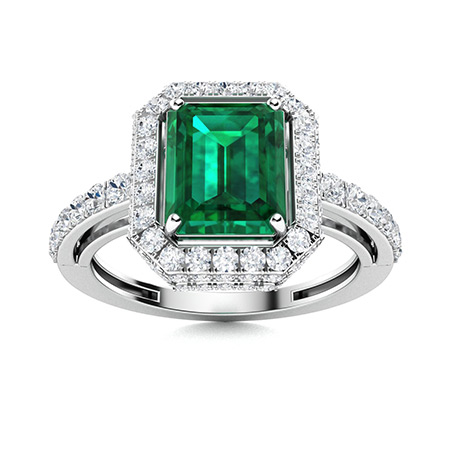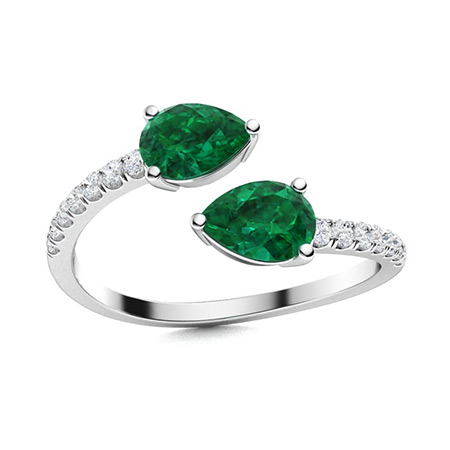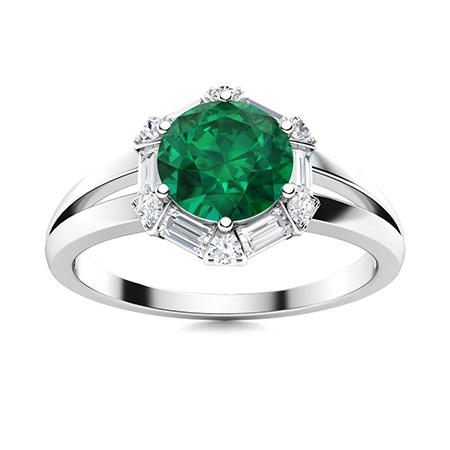May Birthstone: Emerald – The Gem of Spring Vitality and Eternal Love
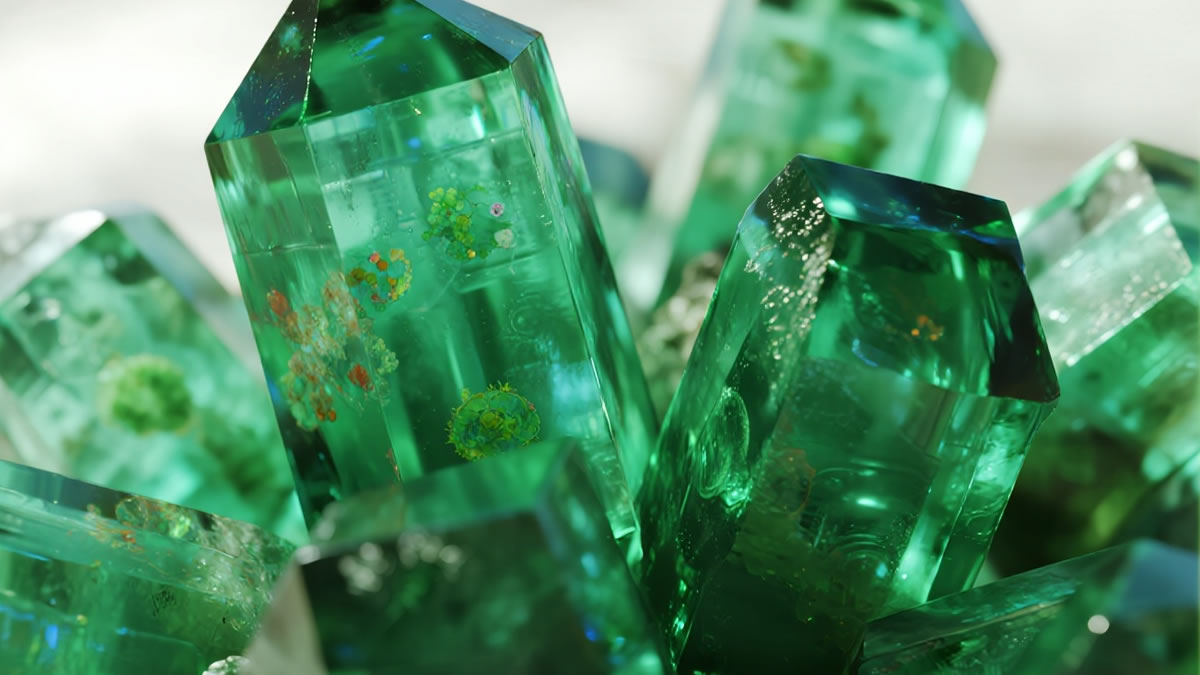
For those born in May, the emerald takes center stage as their official birthstone—a gem celebrated for its lush, vivid green hue, rich cultural legacy, and deep symbolism. More than just a precious stone, emerald embodies the essence of May: the full bloom of spring, the vitality of nature, and the warmth of new beginnings. As one of the “Big Four” gemstones (alongside diamond, ruby, and sapphire), it has captivated civilizations for millennia. Let’s explore its unique traits, history, and why it remains a timeless favorite for May birthdays.
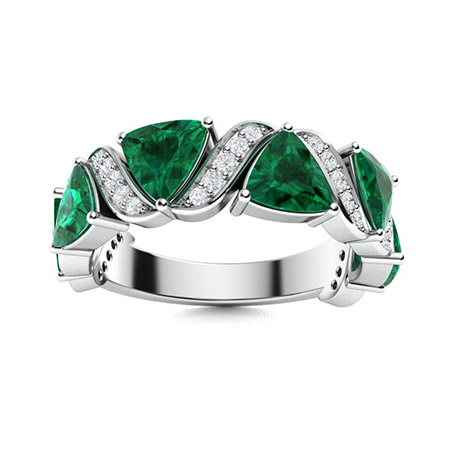
1. What Makes Emerald Unique? The Science of Its Lush Green
Emerald belongs to the beryl family—the same mineral group as March’s aquamarine—but its iconic green comes from trace amounts of chromium and vanadium in its crystal structure. Unlike other green gems (like peridot or tourmaline), emerald’s green is distinct: it ranges from soft, grassy tones to intense, “emerald green” (a saturated hue that’s the standard for the gem). Here’s what sets it apart:
- Natural “Character”: Most emeralds have visible inclusions (often called “jardin,” the French word for “garden”)—tiny cracks, mineral deposits, or gas bubbles that resemble foliage. While inclusions might reduce clarity, they’re a sign of authenticity; completely flawless emeralds are extremely rare and valuable.
- Crystal Structure: Emeralds form in hydrothermal veins (hot, mineral-rich water) or metamorphic rocks, often growing in hexagonal prisms. Large, high-quality crystals are scarce—most faceted emeralds weigh less than 5 carats, and stones over 10 carats are considered collector’s items.
- Hardness Balance: With a Mohs hardness of 7.5–8, emerald is durable enough for jewelry but softer than diamond. Its brittleness (due to natural inclusions) means it needs gentle care to avoid chipping.
- Colombia: Home to legendary mines like Muzo and Chivor, which produce emeralds with intense, uniform green and minimal inclusions. Colombian emeralds are often considered the “gold standard” for the gem.
- Zambia: The second-largest producer, known for deep green emeralds with slight blue undertones. These stones are more affordable than Colombian varieties but still of high quality.
- Brazil: Produces lighter green emeralds, often paired with other beryls (like aquamarine) in jewelry.
- Other regions: Afghanistan (rare, vivid green stones) and Madagascar (smaller, affordable emeralds).
Black pearl earrings
Emerald rings
Men’s diamond rings
Men’s ruby wedding rings
Men’s sapphire rings
Men’s sapphire wedding rings
Ruby earrings
2. Symbolism: Vitality, Love, and Rebirth
- Spring Vitality: The gem’s lush green mirrors the blooming flowers, fresh foliage, and renewed energy of May. It’s seen as a symbol of “new life,” aligning with the month’s theme of growth and transformation.
- Eternal Love & Fidelity: Ancient civilizations (like the Egyptians and Greeks) associated emerald with love and commitment. The Incas believed it was a gift from the sun god, while the Romans used it in engagement rings to symbolize lasting devotion. Today, it’s the traditional gem for the 20th and 35th wedding anniversaries—celebrating decades of love.
- Wisdom & Protection: In medieval Europe, scholars wore emeralds to enhance focus and clarity of thought. It was also believed to protect against illness and negative energy; royalty carried emerald amulets to ward off harm.
3. Historical & Cultural Legacy: Emeralds Through the Ages
- Ancient Egypt (3100 BCE–332 BCE): Cleopatra, the last pharaoh of Egypt, was obsessed with emeralds. She owned mines in the Eastern Desert and used emeralds to adorn her jewelry, clothing, and even her palace. Egyptians believed emeralds symbolized eternal life and buried them with pharaohs to guide their journey to the afterlife.
- Ancient Greece & Rome (800 BCE–500 CE): Greeks called emerald “smaragdus” (meaning “green stone”) and linked it to Aphrodite, the goddess of love. Romans used emeralds in intaglios (carved seals) for official documents, as their hardness made them durable for stamping wax.
- Medieval Europe (500–1500 CE): Emeralds were reserved for royalty and the clergy. Charlemagne, the Holy Roman Emperor, wore an emerald crown, while bishops used emerald rings to symbolize their spiritual authority. Alchemists believed emerald could turn base metals into gold.
- Colonial Era & Beyond (1500–1900): Spanish conquistadors discovered Colombian emerald mines in the 16th century, bringing the gems back to Europe and sparking a global fascination. European royal families (like the Habsburgs and Bourbons) amassed vast emerald collections—including the “Muzo Emerald,” a 217.8-carat stone now in the Smithsonian Institution.
- Modern Times: Emeralds remain a favorite of celebrities and royalty. Jackie Kennedy wore an emerald and diamond necklace (a gift from Aristotle Onassis), while Queen Elizabeth II owns a Colombian emerald parure (matching necklace, earrings, and bracelet) that’s a staple of her formal wardrobe.
4. Expert Guide: Buying & Caring for Emeralds
- Color: The most important factor. The best emeralds have a saturated, uniform “emerald green” (not too yellow or blue-tinged). Colombian emeralds often have a slightly yellowish-green hue that’s highly prized, while Zambian stones lean toward blue-green.
- Clarity: Unlike diamonds, inclusions are acceptable in emeralds—look for stones where inclusions don’t block light or make the gem look cloudy. “Eye-clean” emeralds (no visible inclusions to the naked eye) are rare and expensive.
- Cut: Most emeralds are cut in the “emerald cut” (a rectangular shape with stepped facets) to minimize chipping (its flat top reduces pressure on inclusions) and highlight color. Oval or cushion cuts are also common for smaller stones.
- Carat Weight: Larger emeralds are exponentially rarer. A 2-carat, high-quality emerald may be more valuable than a 5-carat stone with poor color or heavy inclusions.
- Avoid hard impacts (e.g., dropping or hitting the gem) and extreme heat (which can worsen inclusions).
- Never use ultrasonic cleaners—they can 震裂 (crack) emeralds along existing inclusions. Instead, clean gently with warm, soapy water and a soft cloth or brush.
- Remove emerald jewelry before activities like gardening, cooking, or swimming (chemicals and dirt can dull the gem).
- Store separately from harder gems (like diamonds) in a soft pouch or lined box to prevent scratches.
5. Modern Emerald Trends: Beyond Traditional Jewelry
- Minimalist Daily Wear: Dainty emerald studs, thin stackable rings, and pendant necklaces (with small, 0.5–1 carat stones) add a pop of green to casual outfits. These pieces highlight the gem’s color without being overly formal.
- Vintage Revival: Art Deco-inspired emerald jewelry (with geometric shapes and diamond accents) is trending—think emerald and diamond cocktail rings or drop earrings, which echo the glamour of the 1920s.
- Mixed Gemstone Designs: Jewelers often pair emeralds with diamonds (to contrast green and white) or pink sapphires (for a spring-inspired palette) in bracelets or necklaces. This mix adds depth and uniqueness to the piece.
- Sustainable Sourcing: Like diamonds, ethical emerald mining is a growing concern. Brands now offer “conflict-free” emeralds (certified to come from mines with fair labor practices) and lab-grown emeralds (chemically identical to natural ones, with fewer inclusions and lower prices).



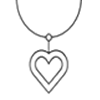
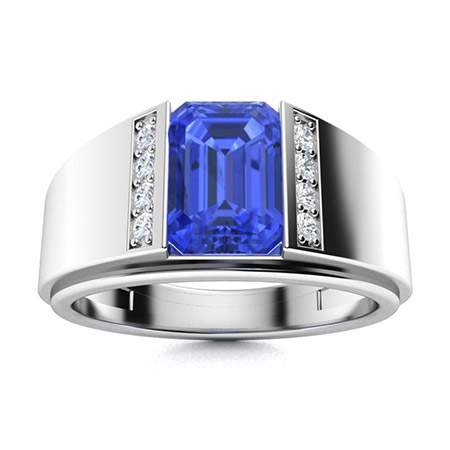
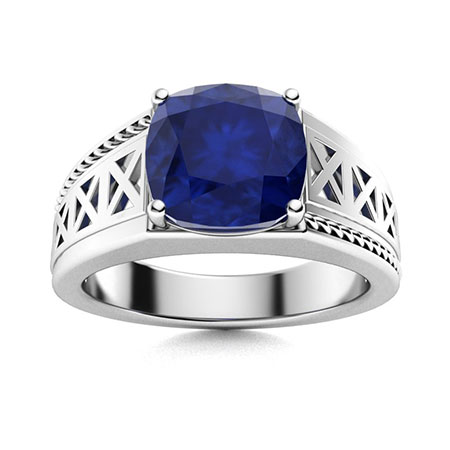
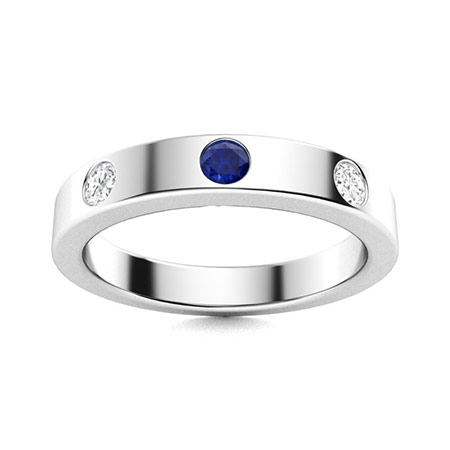
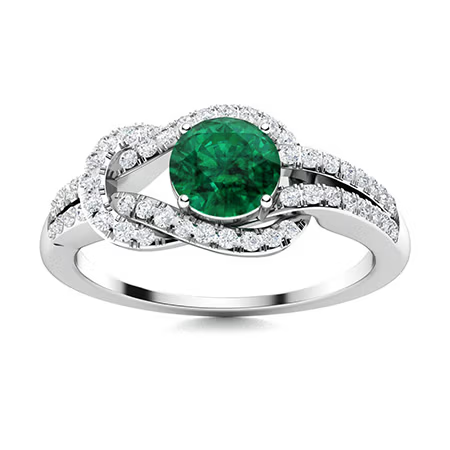
















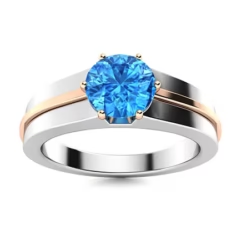
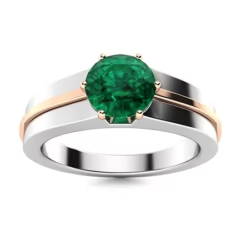
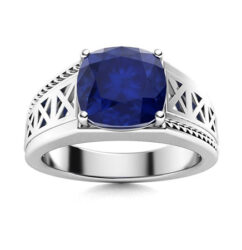
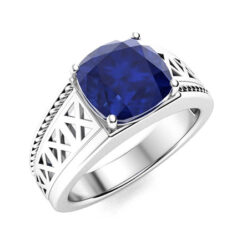


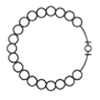 Bracelets
Bracelets Peridot
Peridot



